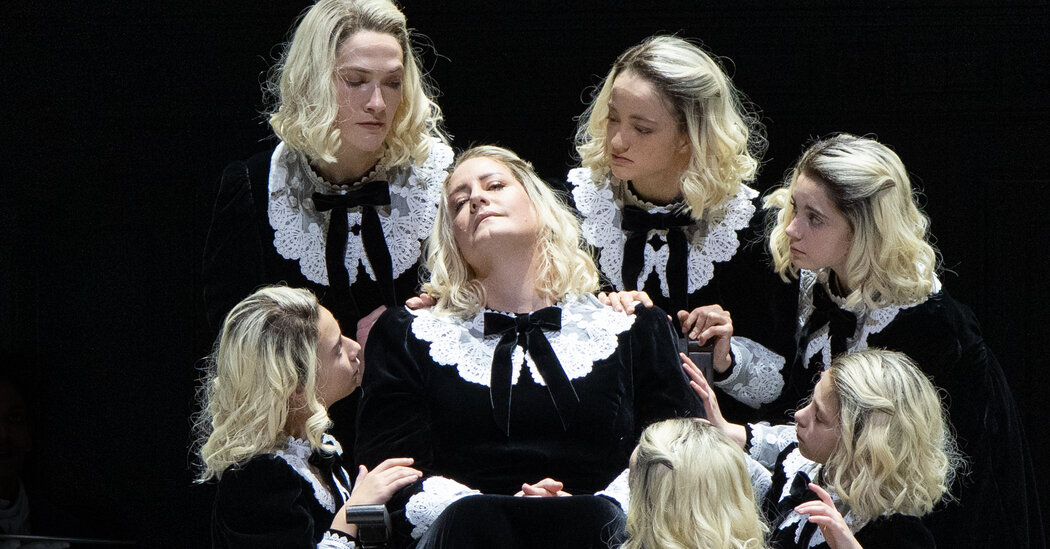Decoding the Enigmatic Dance of the Seven Veils in Strauss’s ‘Salome’

Richard Strauss’s opera ‘Salome’ has captivated audiences for over a century with its daring subject matter and provocative themes. One of the most infamous scenes in the opera is the Dance of the Seven Veils, where the title character performs a seductive dance for her stepfather Herod in exchange for the head of John the Baptist. But what does this dance truly represent? Is it a seduction, a striptease, or a cry for help? Let’s explore seven different interpretations of this enigmatic dance from throughout history.
1. The Seductress: Some interpretations of the Dance of the Seven Veils portray Salome as a temptress using her dance to manipulate Herod and get what she wants. The slow, sensuous movements of the dance suggest a calculated seduction, with Salome using her beauty and charm to her advantage.
2. The Striptease: In some versions of the opera, the Dance of the Seven Veils is depicted as a striptease, with Salome gradually removing her veils to reveal more and more of her body. This interpretation adds a layer of eroticism to the scene, heightening the tension between Salome and Herod.
3. The Cry for Help: On the other hand, some interpretations suggest that the Dance of the Seven Veils is actually a cry for help from Salome. By performing the dance, she is attempting to assert her independence and break free from the oppressive forces around her, including Herod and her mother, Herodias.
4. The Dance of Death: Another interpretation of the dance is that it represents Salome’s descent into madness and obsession. As she twirls and spins in a frenzy, she becomes consumed by her desire for the head of John the Baptist, ultimately leading to her tragic demise.
5. The Dance of Liberation: Alternatively, some see the Dance of the Seven Veils as a symbol of liberation for Salome. By embracing her sensuality and taking control of her own destiny, she is able to break free from the constraints of her society and assert her own agency.
6. The Dance of Power: In this interpretation, the Dance of the Seven Veils is seen as a display of Salome’s power and control over the men around her. By captivating Herod with her dance, she is able to manipulate him into fulfilling her dark desires, demonstrating her dominance in a male-dominated world.
7. The Dance of Desperation: Finally, some interpretations view the Dance of the Seven Veils as an act of desperation on Salome’s part. Faced with the impossible task of obtaining the head of John the Baptist, she turns to her dance as a last resort, using it as a means to an end.
In conclusion, the Dance of the Seven Veils in ‘Salome’ is a complex and multifaceted scene that can be interpreted in many different ways. Whether it is seen as a seduction, a striptease, a cry for help, or something else entirely, one thing is clear: this enigmatic dance continues to intrigue and fascinate audiences to this day.








